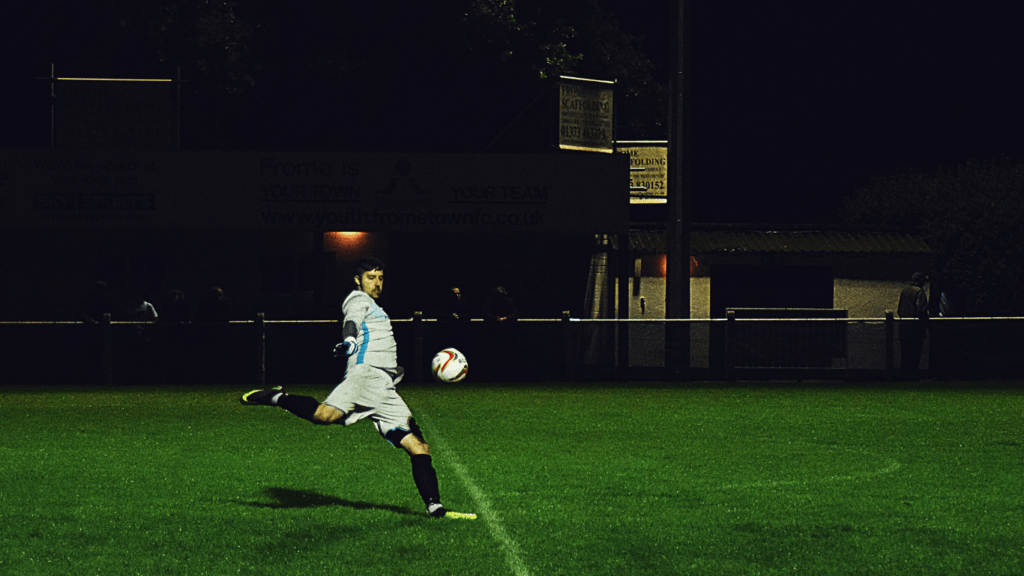What Does Panszexual Mean?
The term “panszexual” refers to someone who experiences romantic or sexual attraction regardless of a person’s gender identity. Where some people may be attracted only to a certain gender or within a gender binary, panszexual individuals don’t see gender as a determining factor in who they find attractive. This doesn’t mean they’re attracted to everyone—it just means gender isn’t the dealbreaker.
Some people confuse panszexual with bisexual. While both orientations involve attraction to more than one gender, pansexuality often emphasizes that gender isn’t a factor at all. Bisexuality can include attraction across genders, but with specific preferences or tendencies. That said, how people define their own identity is ultimately up to them.
Where the Term Comes From
The word “panszexual” is built from the Greek prefix “pan” meaning “all” combined with “sexual.” So literally, it translates to “allgender attracted.” But that oversimplification often misleads people into thinking panszexual people are into everyone. That’s not accurate. It’s not about numbers—it’s about openness.
Language evolves fast, especially in the LGBTQ+ community. Panszexual as a term has been around for a while but began gaining cultural traction in the 2010s, helped along by public figures coming out and speaking up. When people share their experiences openly, more language options come into play for others trying to describe their own.
Why It Matters
Labels like “panszexual” help people feel seen. For those who never quite fit into mainstream or traditional categories, finding a word that clicks can be validating. It reassures them they’re not alone and there’s space for their identity.
It’s also useful for communication. If someone identifies as panszexual, it can be shorthand to guide conversations around dating, relationships, and boundaries. Of course, no label can explain everything about your personality or preferences—but it’s a solid starting point.
Challenges and Misconceptions
One of the biggest hurdles panszexual people face is misunderstanding. Some folks assume being panszexual means you’re promiscuous or “attracted to everyone,” which isn’t just wrong—it’s lazy. Attraction varies by experience, context, and personality. Panszexuality doesn’t override consent, compatibility, or personal choice.
Another myth is that the term dilutes other identities—like bisexual or queer. But sexual orientation isn’t a zerosum game. Many find usefulness and truth in one label while respecting others’. Panszexual simply provides another way to name and explore a personal truth—one that centers gender as neither a barrier nor a motivation for attraction.
Panszexual Visibility and Representation
Pop culture is slowly catching up. Actors, musicians, and influencers identifying as panszexual have gone public, helping push the term into mainstream discourse. It’s part of a broader movement toward recognizing the spectrum of sexual and romantic attraction.
Visibility doesn’t mean full understanding, though. Representation is important, but so is accurate, respectful storytelling. Token characters or onedimensional portrayals don’t do anyone favors. Still, when someone publicly identifies as panszexual, it normalizes the term and lets others know it’s okay to explore or identify the same way.
Everyday Life for Panszexual People
Being panszexual doesn’t come with a rulebook. Some people are out and vocal about it; others keep it private. It might affect how someone dates or how they explain their orientation to friends, family, or coworkers—but it might not change much at all.
Some people assume that panszexual individuals are more likely to be in polyamorous relationships or that their dating circles are wider. While that’s sometimes the case, it’s not a given. Panszexuality is about the potential for attraction. Who someone ends up with—and how—is a separate conversation.
Language Isn’t Static
“Panszexual” is just one of many evolving terms used to describe complex human experiences. For one person, it might be the perfect fit. For another, the label could work temporarily or shift over time. That’s normal.
Identity isn’t fixed. As society develops new understandings of gender and attraction, the language we use will keep changing too. What matters most is finding words that feel authentic—words that articulate who you are or who you’re becoming.
Respect Goes Both Ways
If someone tells you they’re panszexual, listen without jumping to conclusions. They’re offering insight into something deeply personal. Respecting a person’s label—even if you don’t fully understand it—is basic decency.
Ask respectful questions if you’re close. Avoid stereotypes or assumptions. And if you’re still unsure? Do your own legwork. Learning about terms like panszexual helps build better relationships and stronger communities.
In Summary
Panszexuality spotlights an identity where attraction transcends gender categories. It asks people to consider that gender isn’t the cornerstone of connection for everyone. For those who use the term “panszexual,” it’s more than a label—it’s a truth they live every day, even in a world still learning to understand it.
So if you’re hearing the term more often, that’s not a coincidence—it’s progress.





